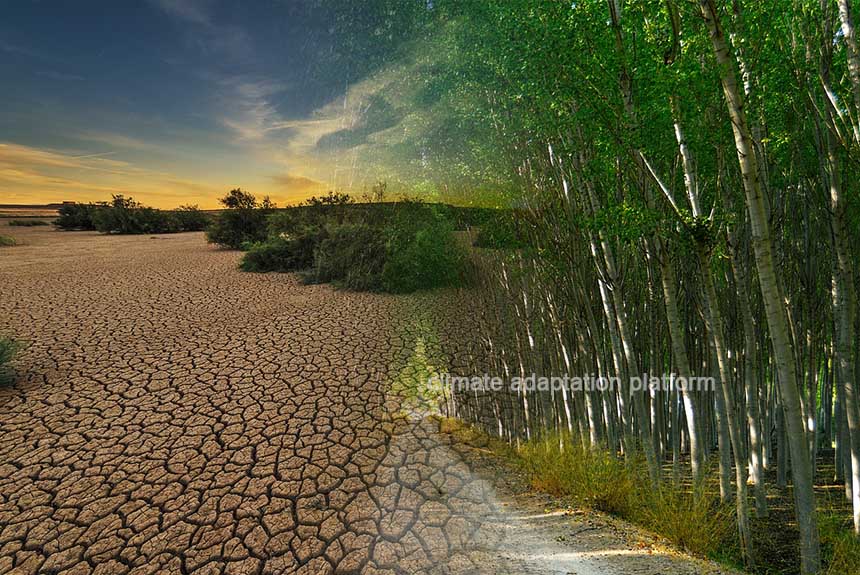The ongoing deterioration of the natural environment will contribute to the spreading and growing of diseases, including new ones. Previous studies have warned that the planet’s warming will increase the spread of mosquitos and ticks.
Additionally, pollution, urban development, the introduction of non-native plant and animal species, and the use of pesticides and fertilisers all contribute to the weakening of ecosystems and exacerbate the loss of biodiversity, making surviving species or populations more susceptible to diseases and ailments.
A 2024 study published in Nature is the first to use a meta-analysis of studies to examine how global drivers modify or affect infectious diseases of plants, animals, and humans. They have identified the five major global drivers as biodiversity loss, climate change, chemical pollution, habitat loss or change, and introduced species.
Researchers at Notre Dame University examined nearly 1000 studies containing almost 3000 observations of infectious disease responses to global change drivers across 1,497 host-parasite combinations, including plant, animal, and human hosts. They found that these global change drivers are associated with the rise in emerging infectious diseases.
Their finding shows that a ravaged ecosystem stemming from climate change, chemical pollution, landscape transformations, such as forest conversion to agriculture or urban centres, and the movement of people, producers, and animals around the planet are more hospitable to parasites and diseases and less to humans and animals, reinforcing the conclusions or findings of other studies.
The connection was observed in all types of infection and their hosts – humans, plants, and wildlife, suggesting that human disruption of nature and ecosystems will increase the spread of diseases, and the spread will be consistent and widespread to humans, wildlife, and plants.
Jason Rohr, a professor of biological sciences at the University of Notre Dame and one of the study’s authors, says, “And if diseases become more rampant in the animal world, that could mean the likelihood of “spillover” events exposing humans to new pathogens — the likely origin of covid-19, and a feared outcome of the ongoing spread of H5N1 bird flu — also will increase, the study suggests (Dance, 2024).
“It could mean that by modifying the environment, we increase the risks of future pandemics,” Rohr adds (Dance, 2024).
Comparing the effects of global change drivers on diseases
Habitat loss/change causes significant reductions in disease. However, researchers found that biodiversity loss caused by humans causes significantly greater increases in infectious diseases than from expected disease outcomes under the earth’s natural biodiversity.
Rohr explains that as biodiversity declines, rare species tend to disappear first. This means that the species that remain and increase in number have become competent in transmitting disease and could perhaps explain the spread of Lyme disease in the United States and the white-footed mice, which are the primary reservoirs for the disease (Anthes, 2024).
The study also has a surprising finding: urbanisation decreased infections and diseases, noting that “Urban development is associated with improved water, sanitation, and hygiene for humans, and habitat loss for many parasites and their non-human hosts”.
Overall, the study seeks to fill a literature gap on how global change drivers affect the rise and spread of infectious diseases to help target disease management and surveillance efforts toward global change drivers that increase disease.
Specifically, reducing GHG emissions, managing ecosystem health, and preventing biological invasions and biodiversity loss could help to reduce the burden of plant, animal and human diseases, especially when coupled with improvements to social and economic determinants of health.
Read the “A meta-analysis on global change drivers and the risk of infectious disease” by clicking the link in the “Sources” section below.
Sources:
Mahon, M.B., Sack, A., Aleuy, O.A. et al. A meta-analysis on global change drivers and the risk of infectious disease. Nature (2024). https://doi.org/10.1038/s41586-024-07380-6
Dance, S. (2024, May 8). How climate change is raising the risks of another pandemic. The Washington Post. Retrieved from https://www.washingtonpost.com/climate-environment/2024/05/08/climate-change-disease-pandemics/
Anthes, E. (2024, May 8). Environmental Changes Are Fueling Human, Animal and Plant Diseases, Study Finds. The New York Times. Retrieved from https://www.nytimes.com/2024/05/08/health/environment-climate-health.html



Leave a Reply